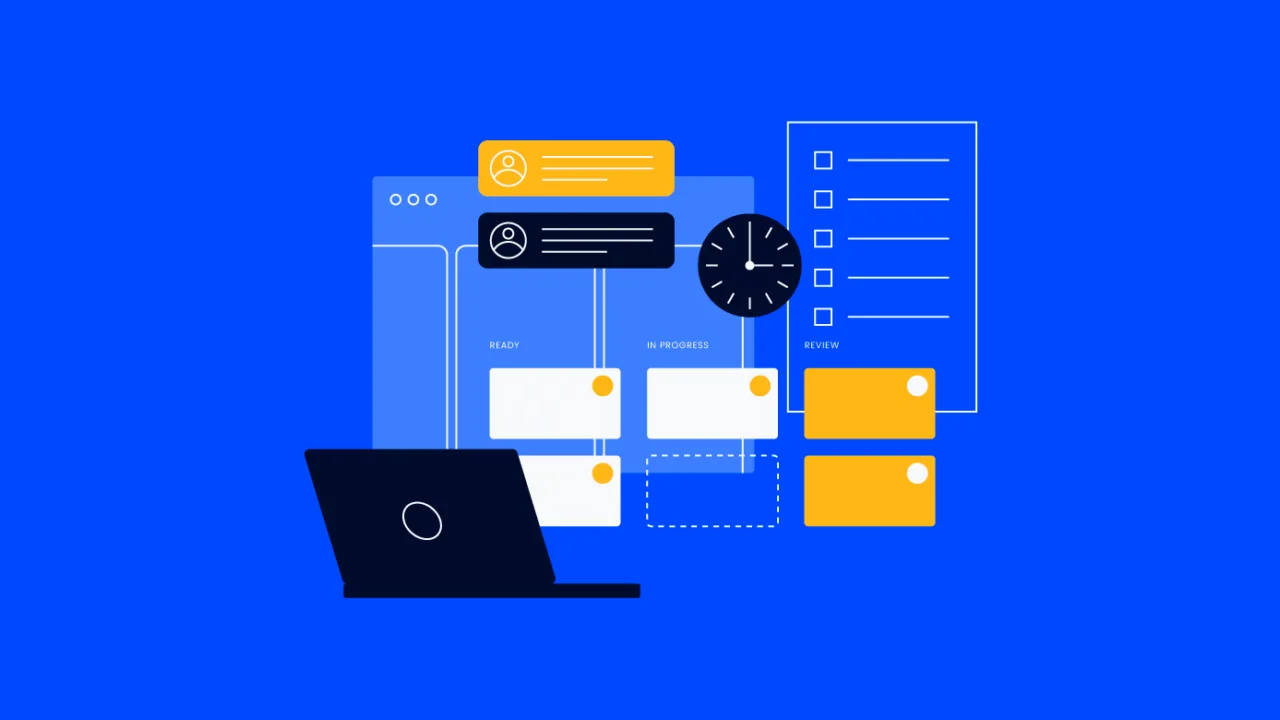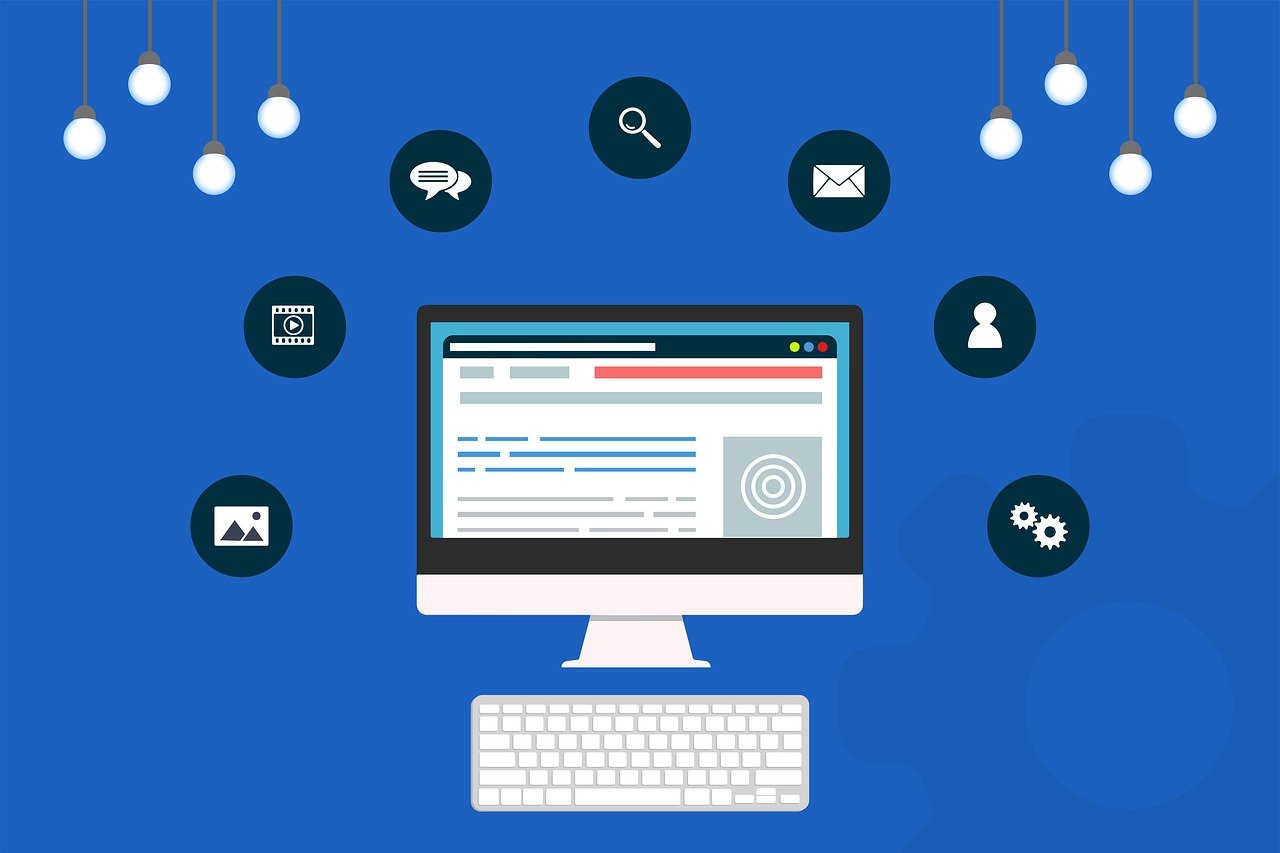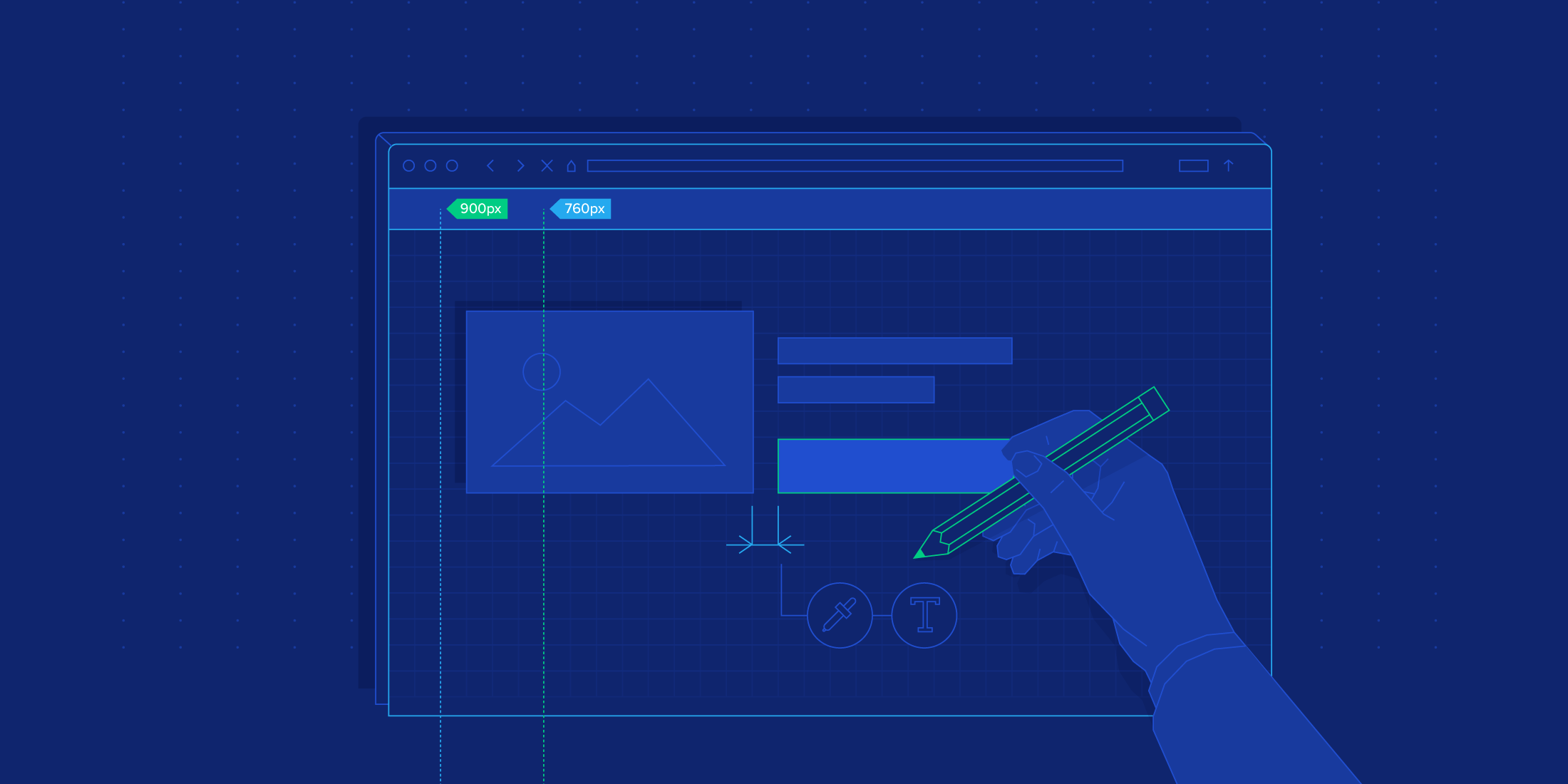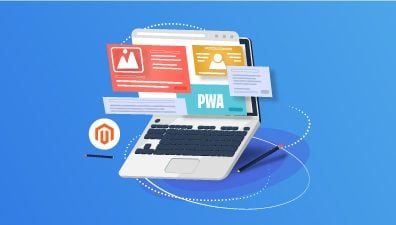The project comes in all sizes with different degrees of complexity. However, effective and successful projects have their structure in common. Their structure needs a good project phase plan. The project phase plan refers to 6 different phases to identify, prioritize, and assign tasks as well as resources. The project phase plan will be used as a basis to make the structure for a smoothly-run project.
Table of Contents
What Is a Project Management Plan? Overview of Project Phase Plan
What is a project management plan? You may ask. A project management plan is a comprehensive document that outlines how a project will be executed, monitored, and controlled from start to finish. It serves as a roadmap for the project team, providing guidance and direction throughout the project lifecycle. The plan includes various elements and details that help ensure the successful completion of the project within the defined scope, schedule, budget, and quality requirements.

The project phase plan is considered the backbone of a project management plan. The project phase in the project management plan will identify who will be on the project team, what tools to use, what materials are needed, and the necessary processes for efficient implementation. Also, we need the financial commitment outlined in a budget and communication channels to keep the project team updated. There are 6 phases in a project phase plan:
- Phase 1: Research and Strategy.
- Phase 2: Preparation of Website Outline.
- Phase 3: Information Framework.
- Phase 4: Website Designing.
- Phase 5: Construction.
- Phase 6: Migration and Launching.
Every phase has its own requirements with modest goals. In general, the 6 phases will keep your project organized and on track from initiation to close.
Project Phase 1: Research and Strategy
This phase is the preparation while project phase planning. It refers to collecting all information related to the project and creating an outline for the project management plan.
Research
The important content of the research is collecting data and analyzing data. The collection of data is a critical step to provide all the necessary information for the project management plan. The information can be about customers, competitors, products, or services, depending on the objective of the project. Data can be collected in many ways. You can conduct a survey with questionnaires or through observations, and documents (reports, documents, statistics, etc) on the Internet.

Analyzing data is the final step of research. The data will be analyzed according to the project. We should use analyzing tools to make it easier and more appropriate. The result of the analysis will be reviewed and summarized in a manner directly related to the project management plan. Based on the findings from the research, we will make a strategy for the project management plan.
Strategy
The strategy will mention the project scope, duration, schedule of tasks, costs, budget, resources, ways of communication, and management of risk. A strategy will be the framework for project implementation. It will define the business area for the project and the deployment of resources. In a strategy, you need to create an outline of the activities, tasks, dependencies, and timeframes. Also, the strategy will contain threats that may arise while implementing the project. Based on the strategy, the project manager can monitor and control the project implementation under the budget.
Project Phase 2: Preparation of Website Outline
When preparing a website outline, you need to take into the following problems. Firstly, you need to put your main content and center. If you want to make an eCommerce site, you should show your products, both in videos and photos. Then you have to figure out your customer conversion funnel. This is the way you earn benefits from your customers. You need to decide whether you will rely on advertising (interlink, sidebar, pop-up,…), tools (review, comparison, search,…), or both. You also have to carefully plan the website creation, prepare the necessary information, and make sure that you thoroughly understand the audience of your website.

There are some basic principles when preparing a website outline:
- Brainstorm ideas and note down: You should gather ideas as much as possible. They will be the materials for you to choose what is needed for the site outline and the site-building.
- Organize the ideas: You will have to classify the ideas and group them into categories and subcategories. From all the ideas, you will select the potential ones and analyze them. Then, you group them into categories and subcategories. Depending on the content you will generate from the ideas, you choose a logical approach for your website outline.
While preparing the outline, you should create a website map. A website map or a sitemap will show how pages are organized and on how many levels on the website. This will help you in website architecture.
Project Phase 3: Information Framework
The information framework refers to the model and common vocabulary for all the necessary information to implement the project. The information framework provides an off-the-shelf information model that is easier and more quickly accessed. With the information framework, the project phase plan can avoid wasting development and design time. The framework also helps to reduce integration costs by using standard information models in applications and interfaces.
Below are some notes for you when building an information framework:

- To identify the basis of your framework: Based on the website outline, you will decide on categories of information as the basis of the framework.
- To organize the categories into a diagram: You need to create a way to represent the list visually. You can use a simple table, timeline, or a Venn diagram. Organizing the list of categories will provide a more engaging way to understand the content.
- To choose the suitable models: The type of model must be in terms of the type of your website (e-commerce website, photo web, video web, blogs,…).
Project Phase 4: Website Designing
After you have your website outline and information framework, you will implement phase 4 in the project phase plan: website designing. First, you need to focus on the look of your website. This will determine how bad or how good your website looks. There are some elements you need to notice for the look: color, font, graphics, and content.
The color will depend on your products and your target customers. Color is a crucial part of making your website look like a professional business place. The font is the look of the text. You can choose super primo (classy) or casual or friendly. The graphic will refer to photos and videos. For a business company, they must be of high quality and clearly show your products/services. The content of the website must be easy to read and able to gain attention.

After the look, you need to notice the “feel” while designing the website. This will relate to the experience of the users. The layout of the website must ensure that it is easy to use. Information is displayed in a sensible way. Buttons are in places where customers usually expect. Images are placed so customers could easily understand what your company is trying to communicate without text. The navigation of the website should be as simple as possible so that customers can find what they want and when they want. The compatibility will determine how well your website loads and look on browsers, systems, and devices.
Project Phase 5: Construction
After you have the design of the web, you will start the construction of the website. In this phase, you will bring your design closer to reality. In this phase, you need to make sure that your technology infrastructure and team members meet standards and requirements. Your web designers and web developers must work well together to ensure that the website is constructed duly and exactly like the design. Below are some notes when constructing your website:
- Backend: This is the core structure of a website. It will determine what is your website’s language (Java, SQL, C++, …) to collect needed information from databases, how to load a page when clicking a button, or send a new entry from one of your contact forms to a program,…

- Frontend: This is what makes HTML, CSS, and Javascript visible to the customers. It will also make the contact forms appear on your website in suitable fields (name, message, email fields).
Project Phase 6: Migration and Launching
This is the last phase of the project phase plan. This phase brings your website into reality and gets access to customers. Below are some notes for your website migration and launching:
- Notifying your visitors: Even though you have run a test of your website, check all the errors, bugs, or shutdowns that can still arise. Therefore, you should notify your visitors to ensure they know what to expect and when.

- Updating or migrating a little at a time: You should not migrate the entire website at one time. After running tests, you should move your website one section at a time. It will help you to minimize the risks of outages or issues.
- Not completing different migration types at the same time: You should separately switch hosts and update your website’s layout. Do not do those tasks together.
- Launching or migrating during a period of low traffic: They will go smoother when you choose a suitable time (slower part of the day or overnight for migrating). It will minimize the loading server. Your website will be faster by search engines.
- Following a checklist: You should have a detailed checklist for the launch or migration and follow it strictly. It will help you facilitate the process and avoid skipping crucial steps.
Conclusion
The project phase plan has many key factors and has a certain level of complexity. You will need careful preparation for it. A project phase plan has 6 phases and you need to follow all the phases from initiation to close. The 6 phases are (each with its own agenda of tasks and issues): research and strategy, preparation of website outline, information framework, website designing, construction and migration, and launching. Taken together, these phases represent the path of a project management plan and are generally considered the project management plan’s life cycle.











